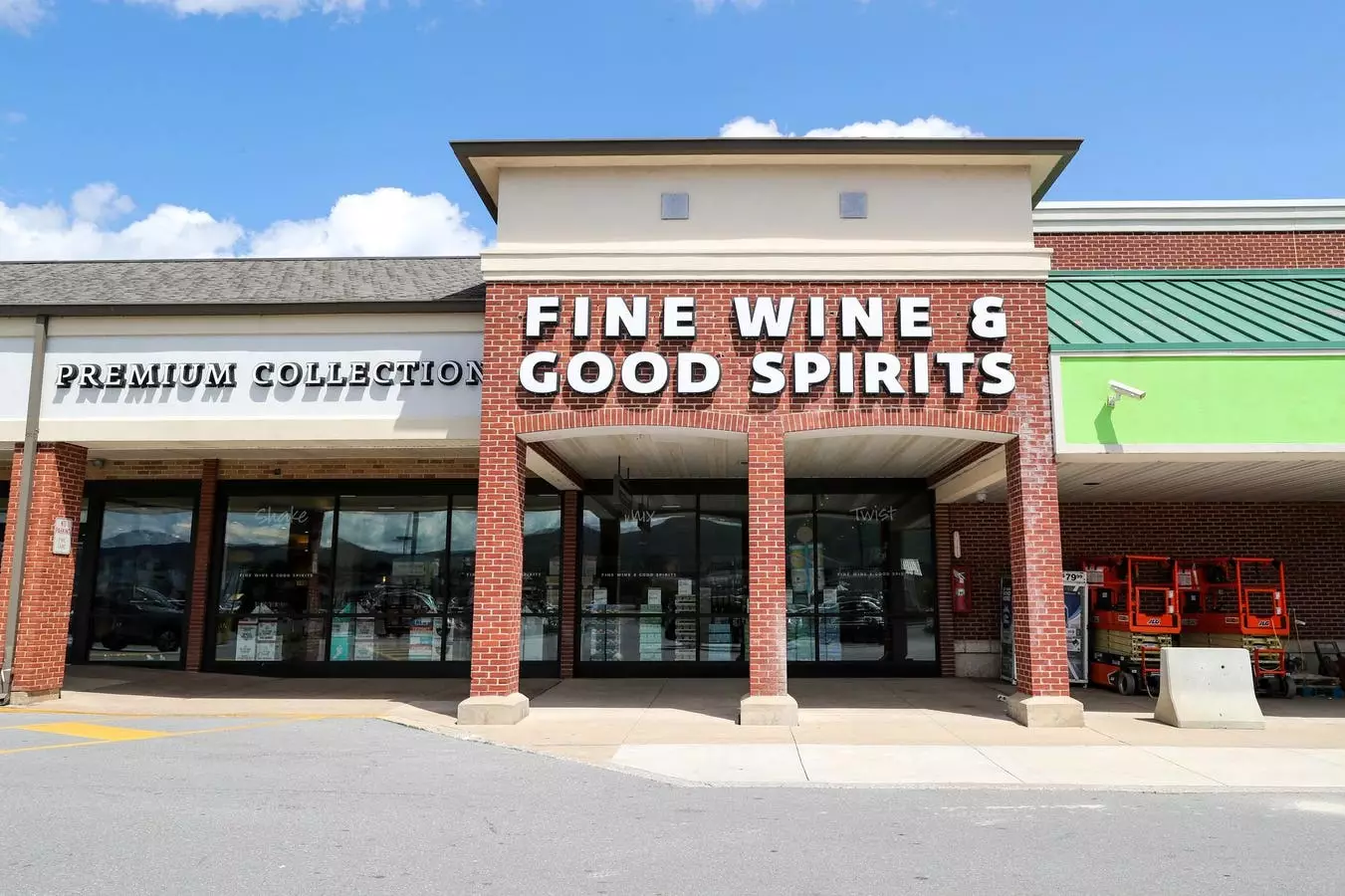The year 2024 marked a significant turning point for the liquor industry, as it recorded a rare decline in annual revenue. The Distilled Spirits Council of the United States (DISCUS) recently revealed a 1.1% drop in total spirits revenue compared to the previous year, primarily attributed to waning demand for premium liquor selections. This decline is noteworthy, as it represents the first decrease in revenue reported by DISCUS since the organization commenced economic briefings in 2004, raising concerns about the shifting landscape of consumer preferences in a world grappling with inflation.
Economic pressures, including soaring housing and healthcare costs, have limited the capacity of consumers to spend on luxury goods such as high-end spirits. Christine LoCascio, the chief of policy and strategy at DISCUS, noted that even as inflation levels have seen some reduction, individuals are still contending with elevated prices in essential areas, thereby reducing their discretionary funds for less relevant purchases like premium alcoholic beverages. This situation points to a broader trend in which economic parameters are influencing consumer choices more heavily than brand loyalty or past purchasing behavior.
A closer examination of the sales figures reveals striking disparities across various liquor categories. Scotch whisky faced a remarkable downturn, with double-digit sales declines, while American whiskey and blended varieties also saw subdued performances. In what might serve as a slight silver lining, other spirits categories, such as vodka, maintained steady revenues, and Irish whiskey, Canadian whisky, tequila, and mezcal experienced modest growth. The clear divergence in these trends suggests that consumer interest is not simply evaporating, but is instead shifting within the wider spectrum of available options.
One notable trend is the rise in popularity of ready-to-drink cocktails. Sales for pre-mixed cocktails grew substantially, showing an increase of $468 million year-over-year. This pivot towards convenience indicates a changing consumer base that may favor accessibility over traditional purchasing patterns. Spirits-based ready-to-drink cocktails now account for 18% of the total market, a considerable increase from just 8% three years prior. This shift presents opportunities for brands willing to innovate and adapt their product offerings to align with the evolving tastes of modern consumers.
The liquor industry has long been characterized by the “premiumization” trend, where brands leverage marketing campaigns to encourage consumers to opt for higher-priced and perceived higher-quality spirits. However, this trend appears to be faltering, as outlined by LoCascio. The super-premium segment still maintains a substantial share—41.5% in 2024, close to 2023 figures—but the push towards higher-priced products is no longer as strong as it once was. Remarkably, while not entirely reverting to lower-quality options, consumers appear to be seeking more affordable alternatives within the premium tier itself.
This shift suggests that consumers are reassessing their priorities in light of economic pressures, recalibrating their perceptions of value. It raises important questions on how liquor brands that have built their identities around luxury and premium offerings will adapt their strategies moving forward. Engaging consumers through more relatable messaging and accessible experiences might be necessary to align with their changing priorities.
As the industry braces for 2025 and beyond, export tariffs pose an additional uncertainty for liquor manufacturers. With a significant portion of spirits rooted in specific countries—like bourbon from the U.S. and cognac from France—there are growing anxieties about possible retaliatory tariffs as trade negotiations fluctuate. In recent discussions, U.S. President Donald Trump’s administration enacted a 25% tariff on steel and aluminum imports, causing concern for American whiskey producers amidst these evolving global trade relations.
Sonat Birnecker, president of Koval Distillery, succinctly expressed the industry’s vulnerability, highlighting that breaching market presence can create long-lasting impacts that hamper future profits. The fear of being sidelined economically prompts industry leaders to advocate for a collaborative environment, fostering an understanding of how critical exports are to sustaining the growth of the liquor sector.
The oscillating dynamics of the liquor market urge a reevaluation of strategic approaches among brands and producers. Recognizing economic realities, leveraging emerging trends in consumer behavior, and anticipating regulatory challenges will be crucial as the liquor industry navigates this transformative era. While the current climate presents challenges, it is also replete with opportunities for innovation and adaptation. Understanding and responding to the nuanced demands of today’s consumers may well dictate the future success of liquor makers in the years to come.


Leave a Reply